Active Blobs:
Approach

Active Blobs: |
 |
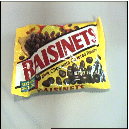
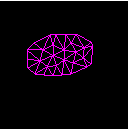
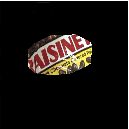 |
| Figure 1: Model construction using a color image. From left to right: a.) input image with region of interest overlaid, b.) resulting triangle mesh, c.) texture mapped model. |
The construction of an example active blob model is shown above. The input to blob construction is an example image plus segmentation information --- provided as a binary support region or as a contour that encloses the shape. The input can also include interior feature points to be used as nodes in the triangular mesh. In this example, the user circled the object of interest.
A 2D active blob model is then constructed using a modified Delaunay triangular meshing algorithm. To deform the model, we deform this mesh. Nonrigid deformation of the mesh can be specified in terms of parametric functions; e.g., affine deformations, eight parameter projective deformations, application-specific deformations [Black95], finite element modal deformations [Pentland91,Sclaroff95], or principal deformations derived from a statistical analysis over a training set of shapes [Cootes92,Martin94,Nastar95].
The blob's appearance is then captured as a color texture map and applied directly to the triangulated model. A blob warp is defined as a deformation of the mesh and then a bilinear resampling of the texture mapped triangles. By defining image warping in this way, it is possible to harness hardware accelerated triangle texture mapping capabilities becoming prevalent in mid-end workstations, PC's, and computer game consoles ({e.g.}, Nintendo 64).
Tracking is then posed as the problem of active blob registration. The registration procedure minimizes a function that accounts for both the priors on shape (the deformation parameters) and the priors on appearance (the color texture map). Through the use of a robust error norm, registration can be made robust to specular highlights, shadows, some photometric variations, and small occlusions. Furthermore, the use of color imagery enables tracking in situations where grayscale tracking might be less robust. For details of the active blobs tracking formulation, readers are referred to the technical report.
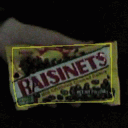
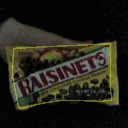
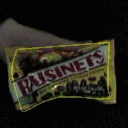
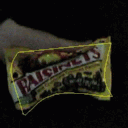
|
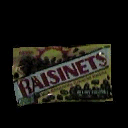
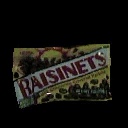
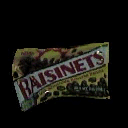
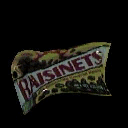
|
| Figure 2: Nonrigid tracking with an active blob. This figure shows every fifteenth frame in a tracking sequence. For visualization purposes, an outline of the active blob is shown overlaid on the input images in the top row. The resulting active blob tracking is shown below each input image. |
An example of nonrigid tracking with an active blob is shown in Figure 2 above. The user defined a rectangular region of interest. A finite element modal parameterization was then employed for tracking. As can be seen, the blob model tracks the bag of candy quite well, despite nonrigid deformation, wrinkles, shadows, and specular highlights.
Last Modified: Oct 27, 1997